emabear
Established Member
I am struggling to find a way to drill / bore a 30mm dia hole into a 35cm long piece of wood. Grateful for any thoughts. Many attempts have led to o=verheating, problems with chip dispersal and drill wandering.

emabear":3t1lf8o4 said:I am struggling to find a way to drill / bore a 30mm dia hole into a 35cm long piece of wood. Grateful for any thoughts. Many attempts have led to o=verheating, problems with chip dispersal and drill wandering.
--Tom--":kd81cvmm said:Auger in a brace would chomp through
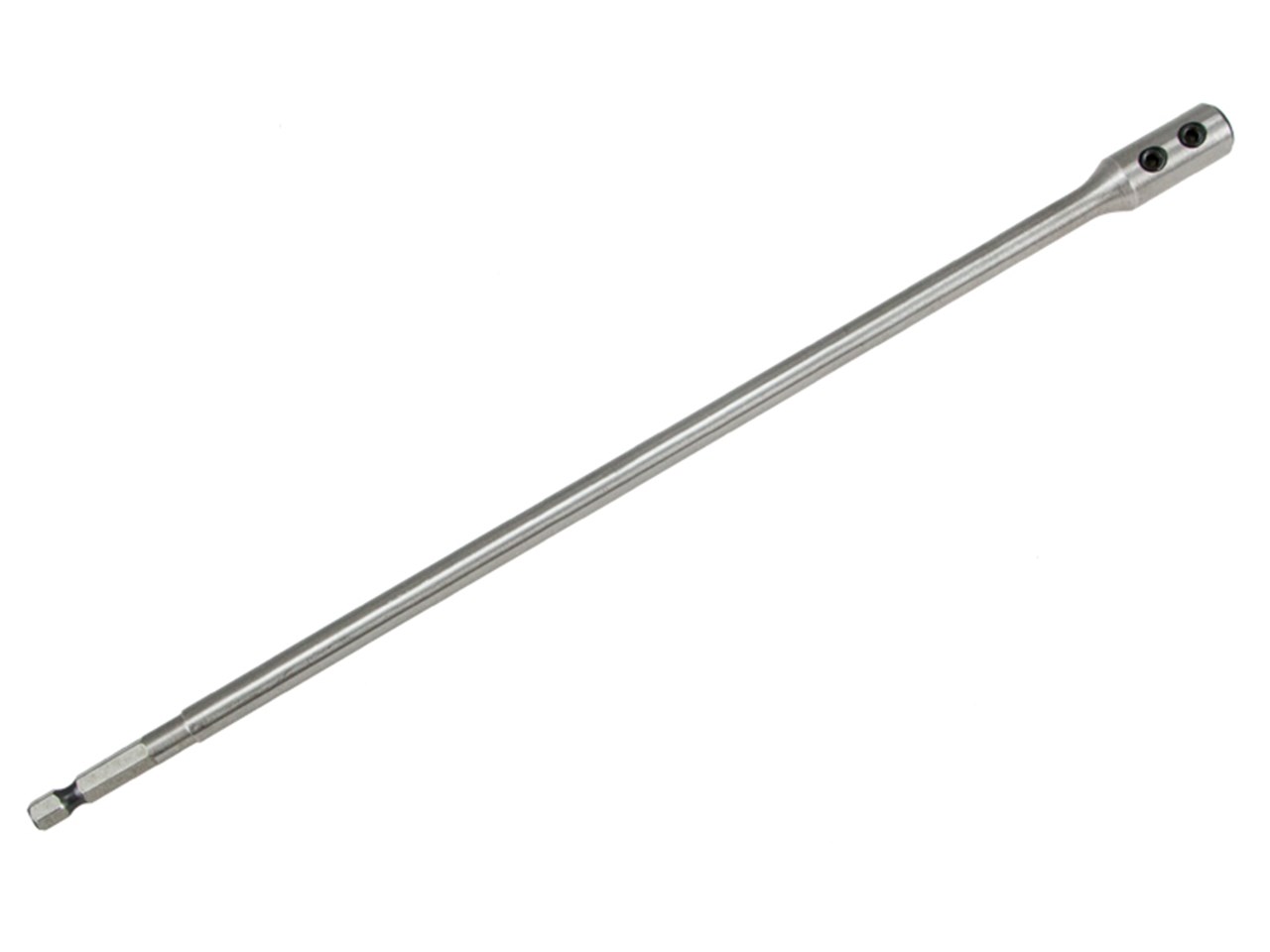
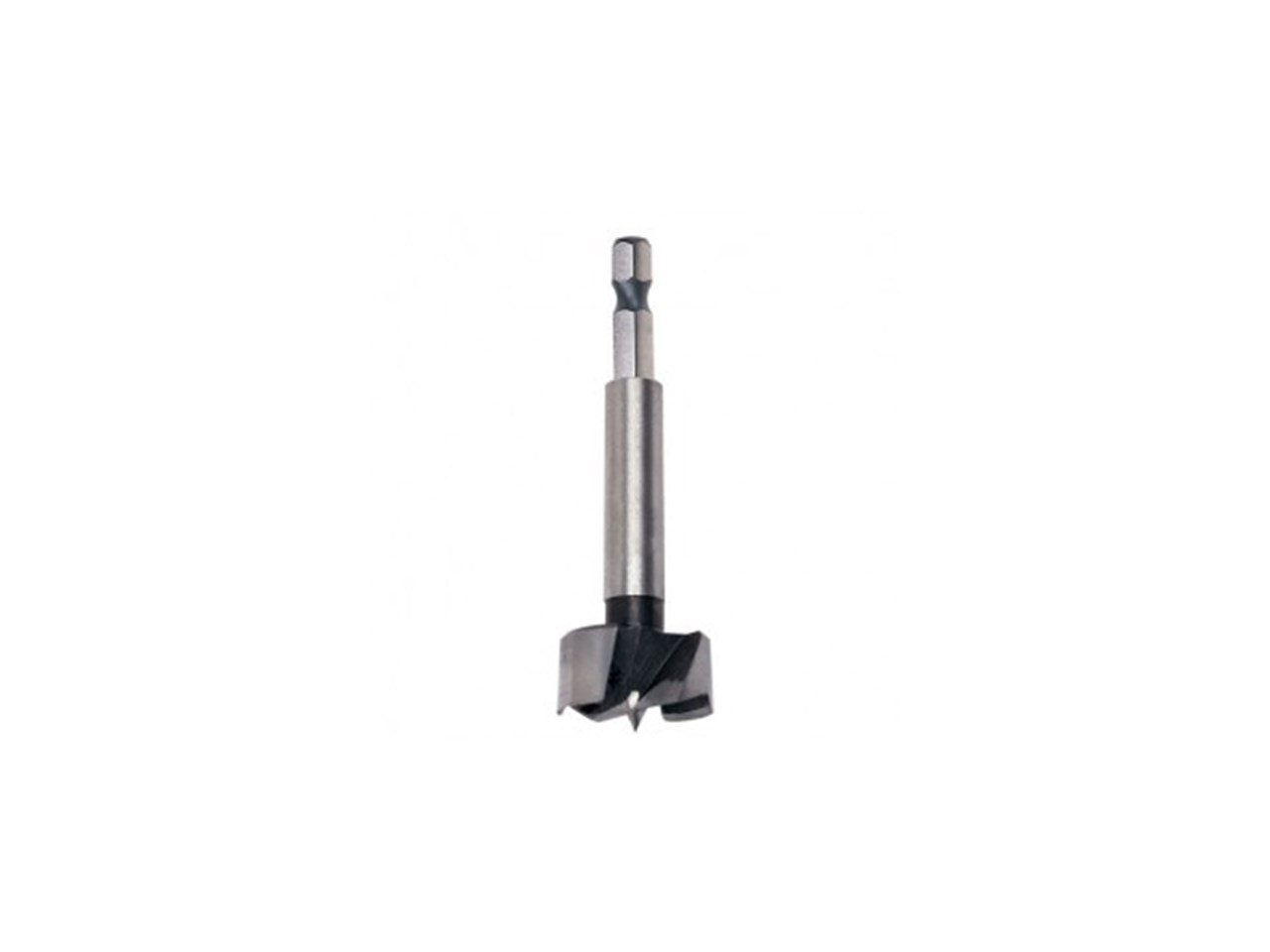
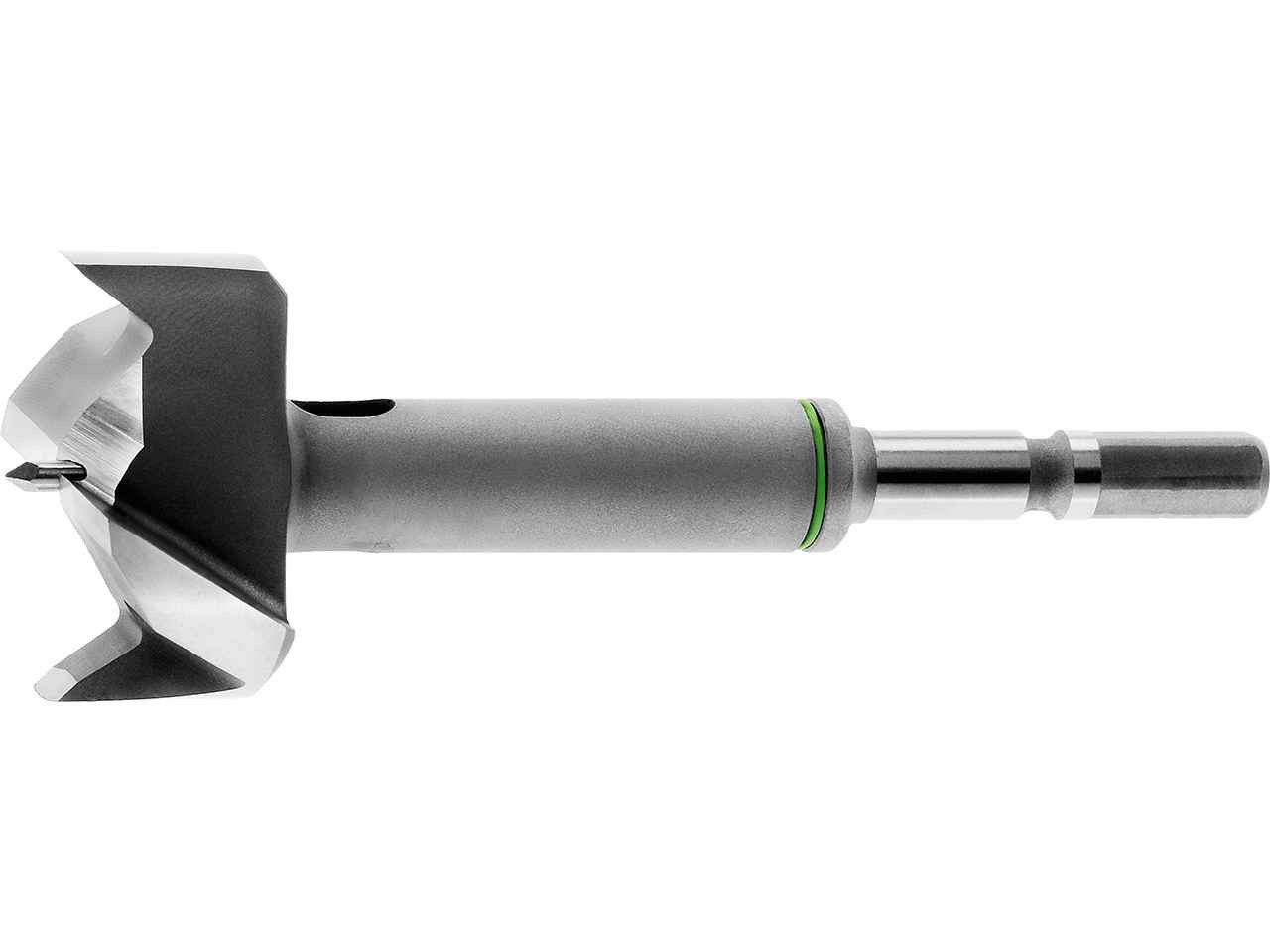
nev":2dfmfxox said:How about one of these? and go slowly, and you may want to rig up a block or two of wood to guide the shaft level/ straight.
https://www.ffx.co.uk/tools/product/Dew ... -Extension

and one of these
https://www.ffx.co.uk/tools/product/Tre ... r-Bit-30Mm

or these
https://www.ffx.co.uk/tools/product/Fes ... 3EQAvD_BwE


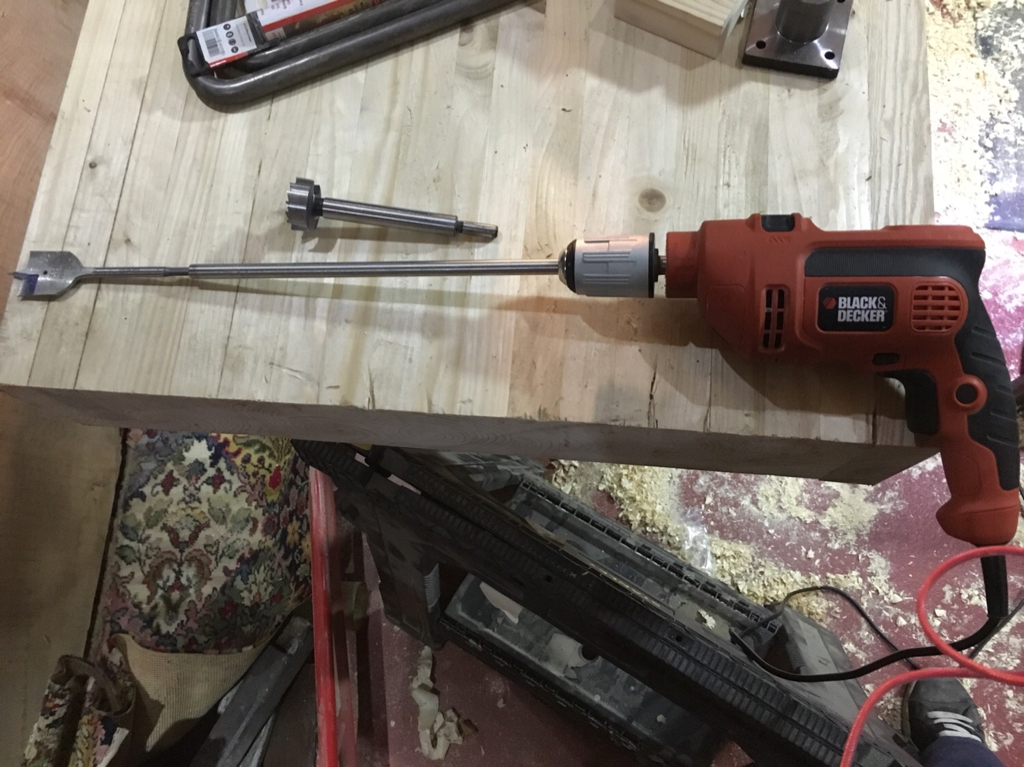
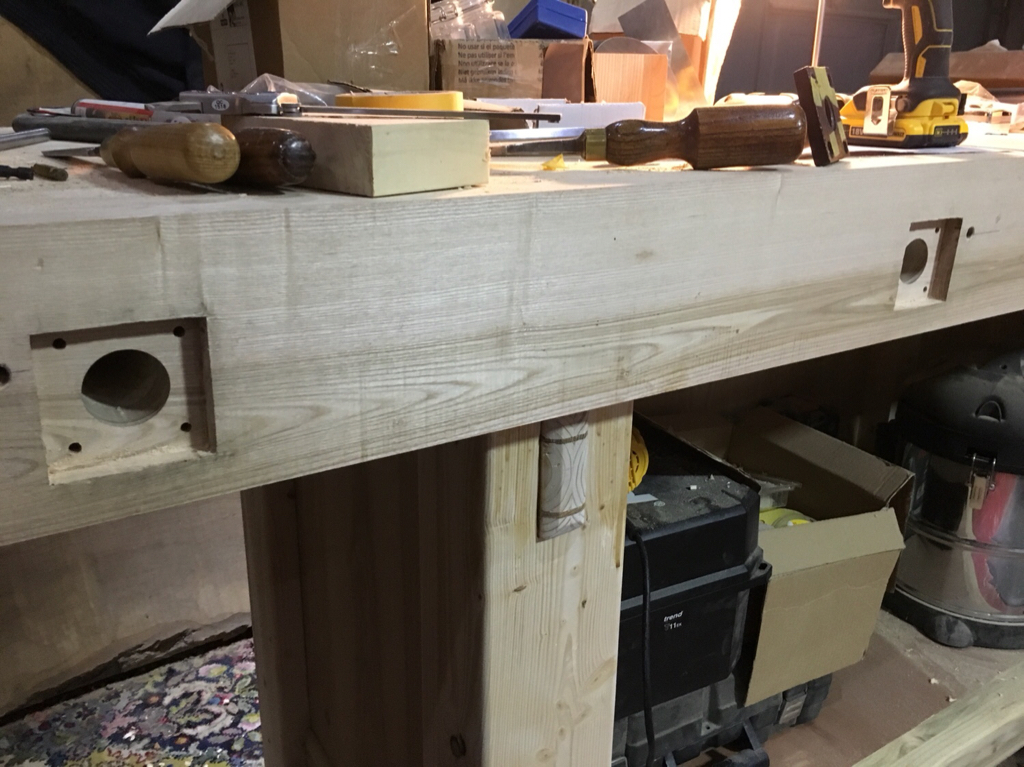

Enter your email address to join: